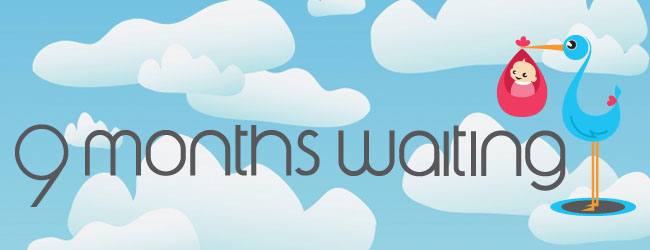
Some parents choose to wrap their babies when they put them down for sleep. Wrapping can help babies to develop a more settled sleep pattern.
Other parents find that wrapping is not helpful. Whether you choose to wrap or not is your choice.
The information and pictures in this topic show a safe and simple way to wrap babies.
You may need to seek advice from your Child and Family Health Service if wrapping an older or more active baby.
Some benefits of wrapping
- Wrapping can help babies develop a more settled sleep pattern.
- Older unsettled babies may sleep better if wrapped firmly.
- When babies are wrapped with their hands close to their face they can comfort themselves more easily.
- Wrapping helps to prevent random arm movements which can disturb a baby’s sleep.
- Babies whose sleep is disturbed by colic or reflux may be more settled when wrapped.
- Babies with stiff or floppy limbs may benefit from being wrapped. Talk with your physiotherapist or child health nurse.
Safe wrapping
- For wrapping to be effective it needs to be firm around the arms but looser around the legs so that babies can bend their legs up at the hips. For normal hip joint development legs need to be bent at the hips with knees apart. Avoid wrapping legs straight.
- The recommended fabrics are muslin or a light cotton wrap. Bigger, more active, babies may need a cotton ‘baby’ sheet.
- Bunny rugs and blankets are not as safe because they may cause overheating.
- Babies must not be overdressed under the wrap. Dress them in a singlet and nappy in warm weather, or a light grow suit in cool weather.
How to wrap
This is one method for safe wrapping.
In most cases the key to successful wrapping and settling lies with holding your baby's arms firmly. This will give your baby the cue to settle. Some babies settle best when their arms are held with their hands near their face so that they can suck on them to comfort themselves.
Spread the wrap so that you can place the baby's head at the top of the long side of the wrap, or if the wrap is square, fold one corner of the wrap towards the centre.
- Place baby on the wrap at shoulder level. Ensure the wrap does not cover the baby's face.
- Brings arms together on upper chest and hold firmly.
- Bring one side over both arms and tuck under your baby, keeping arms held firmly together.
- Bring the other side over arms and then tuck under body.
- Twist or fold the end of the wrap and place it to the side so that both legs remain bent up.
When to wrap
You can choose to wrap your infant from any age. Wrapping may be used throughout the first year of life to help infants relax and settle into sleep. Whether to wrap depends on whether it helps your baby, not how old the baby is. Some babies find it stressful while others find it comforting to be held by a wrap for many months. Some babies do better if they have their arms out, others like their arms wrapped in. Do what helps your baby to feel safe and relaxed and comforted.
Safe sleeping
- Place babies on their back to sleep.
- Make sure your baby’s face is not covered.
- Cigarette smoke is bad for babies.
- Make sure that your baby’s cot or bassinette is safe. The mattress needs to be well fitted.
- Place your baby with feet at the end of the cot.
- The cot should be free of toys and bumpers.
See the topics Sudden unexpected deaths in infancy (including SIDS) and Safe sleep for more information.
Resources
South Australia
- Child and Family Health (see Locations).
- CWYHS Parent Helpline - telephone 1300 364 100.
- Contact SIDS & KIDS on 1300 308 307 for more information about safe sleeping.
This information has been produced by
Women's and Children's Hospital and SIDS & KIDS,
This topic may use 'he' and 'she' in turn - please change to suit your
child's sex.
Article provided by Child and Youth Health







No comments:
Post a Comment